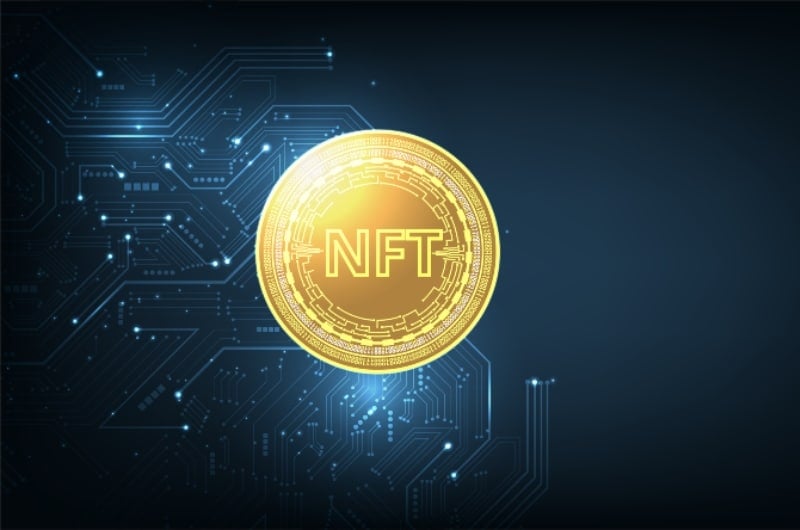The role of blockchain in digital rights management is increasing thanks to the growing popularity of NFTs and DeFi.
Summary
NFTs and blockchain: how they will improve the digital rights world
NFTs are now an increasingly important component in the world of art and sports because of their blockchain-based nature as a clear, secure and transparent revenue system for digital rights and copyright for artists and athletes. This is a real revolution that is likely to change the overall complex system of rights management.
According to a research report published by Transparency Market Research, the global digital rights management market is estimated to be worth $9 billion by 2026, growing at a compound annual growth rate (CAGR) of 15.3% since 2018. It is estimated that revenue lost to online piracy will almost double between 2016 and 2022 to reach at least $51.6 billion, according to the 2017 Online TV Piracy Forecast Report.
NFTs are basically unique digital certificates that grant the owner the sole right to a work, all enshrined in a smart contract. In this way, the buyer is guaranteed to have sole ownership of the digital work and the smart contract certifies that the work is authentic and original.
The recording on the blockchain
The blockchain, due to its disintermediation, security and privacy guarantee features, is an increasingly fundamental tool for the management and protection of digital rights and copyright. The guarantee of the authenticity of the work is certified directly by the author himself who, thanks to the blockchain, digitally signs a smart contract that undoubtedly determines the genesis and originality of the digital work he has created.

The fact that blockchain contracts are certain and unchangeable gives a further guarantee of the validity of the object of the contract. NFTs in particular are likely to solve the problem faced by all artists working in the digital field, namely the provenance, ownership, distribution and control of digital artworks themselves.
Before NFTs, establishing authenticity and originality of a digital work was certainly a much more complicated operation. This fact contributed to a veritable explosion of the digital art market, culminating in the sale of a Beeple work for 69 million dollars at a Christie’s auction. A digital article by the New York Times also sold for $500,000, as did the first tweet in history by its founder Jack Dorsey for $2 million.
It is not only art that is taking advantage of this tool to exploit digital image rights. Sports have also seen record sales of videos and images of American basketball or international football champions. Many cryptocurrency and blockchain companies have recently become sponsors of major sporting events. Most recently Crypto.com became the official sponsor of the World Cup in Qatar.
This is perhaps the main component that blockchain is bringing to the business of digital rights: increasing their value exponentially, while guaranteeing their provenance and authenticity.




